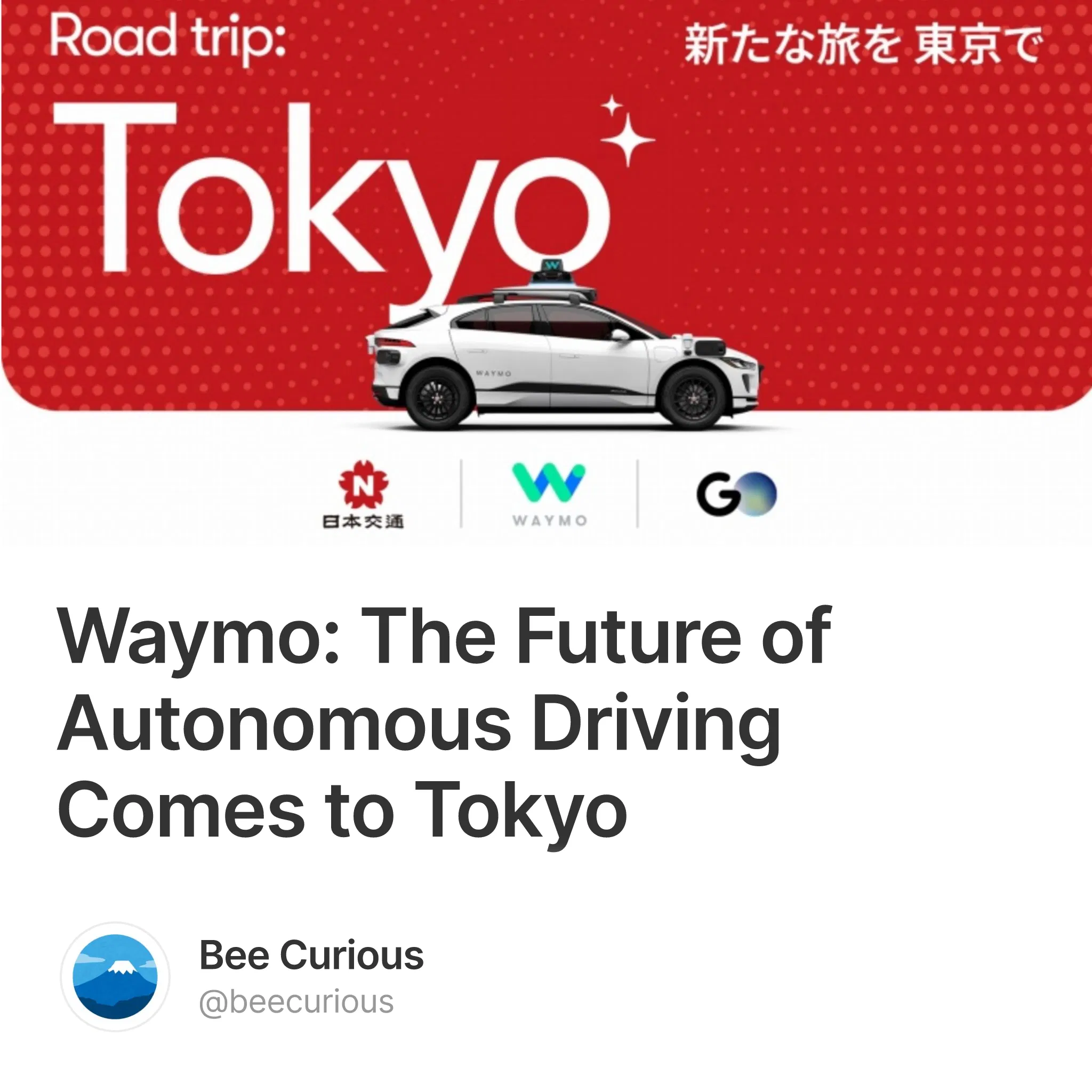Writing from the sunny streets of San Francisco, I recently got the chance to explore an exciting innovation which is making waves in the tech capital of the world: Autonomous Vehicles or ghost driving as I like to refer 🙂 . San Francisco, often referred to as the heart of Silicon Valley, is a city of contrasts—home to groundbreaking innovations and yet challenged by deep social issues. It’s a place where self-driving cars like Waymo share the roads with a cityscape and areas full of homeless that Elon Musk once described as “the end of civilization”. But that’s a topic for another day.
Today, I want to focus on Waymo and its fascinating plans for the future, particularly its upcoming debut in Tokyo. My first ride with Waymo was nerve-wracking. My husband and I couldn’t help but imagine all the "what-ifs." But after a few trips, those fears turned into fascination. Unlike ride sharing services like Uber, Waymo offers complete privacy—no driver to overhear your conversations. During Christmas and New Year, the AI even wished us “Happy Holidays” or talked about New Year resolutions. The cars are user-friendly, allowing passengers to control the temperature, music, or even sing their hearts out ( I think that’s what is written there in screen too 😃 )
Here is a video recorded by me, giving a pick on how it looks:
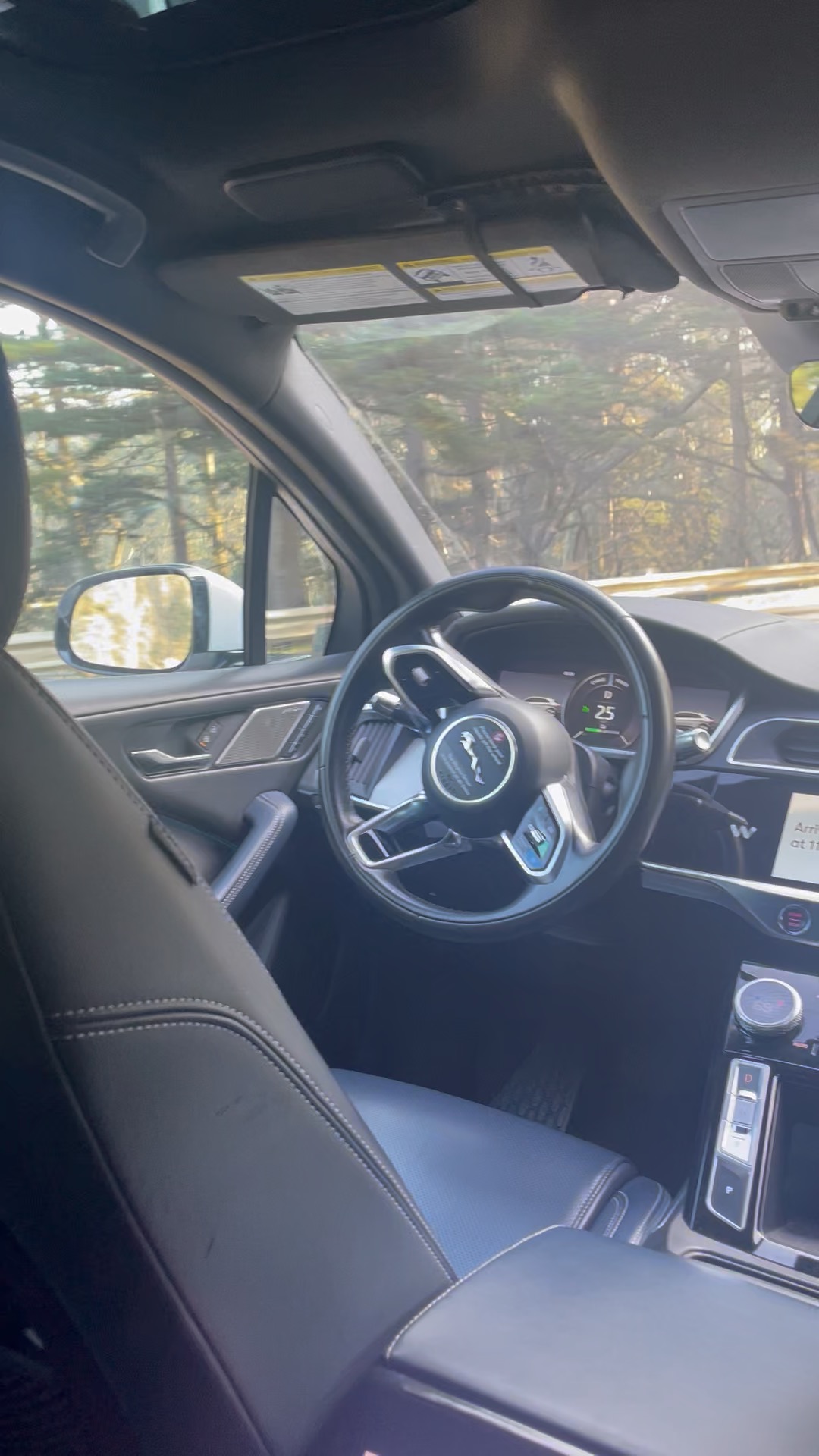
Now, here’s the big news: Waymo is coming to Tokyo! One of the world's most vibrant cities will soon have this advanced technology. Starting this year in 2025, Alphabet’s Waymo (Alphabet aka Google) , in partnership with local taxi giants Nihon Kotsu and the taxi app GO, will begin testing autonomous vehicles in central Tokyo.
During the initial phase, Waymo's technology, "Waymo Driver," will be tested on public roads. Nihon Kotsu drivers will operate the cars while collecting data to ensure the system adapts to Tokyo’s unique urban landscape. Starting in early 2025, Waymo plans to deploy 25 vehicles in seven central wards of Tokyo, including Minato, Shinjuku, and Shibuya with the goal of rolling out 'Level 4' autonomous services (where no human intervention is needed under specific conditions).
This collaboration marks Waymo’s first test outside the U.S. and signals a major step forward for autonomous driving in Japan. It’s especially exciting given Uber's struggles to gain a foothold in Japan due to regulatory challenges. Waymo’s approach, partnering with local taxi companies and navigating compliance carefully, could redefine the future of mobility in Tokyo.
Waymo’s Success in the U.S.
Waymo has already achieved notable success in cities like San Francisco, Los Angeles, and Phoenix, providing over 100,000 paid rides weekly. This is an intro from Waymo's website sharing their technology and how it navigates the city:
In 2024, Waymo served 4 million fully autonomous rides. With $5.6 billion raised in its latest funding round, Waymo is expanding its ride-hailing service to Miami, Austin and Atlanta.
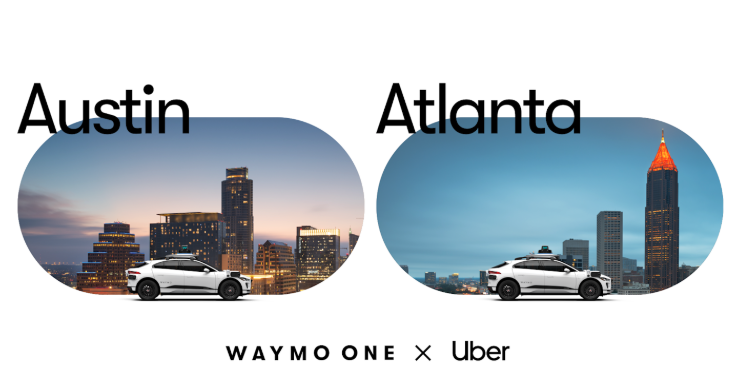
I honestly did not know a lot about its technology nor that this company has been doing 15 years research in this field. If you would ask me 10 years ago if this would be possible, my answer would have been NO! So, I'm happy and excited to have tried this technology and I wondered how does it operate on back-end. Waymo’s sixth-generation Driver system is a marvel of engineering, equipped with 13 cameras, four LiDARs, six radars, and multiple audio sensors that provide 360-degree monitoring up to 500 meters.
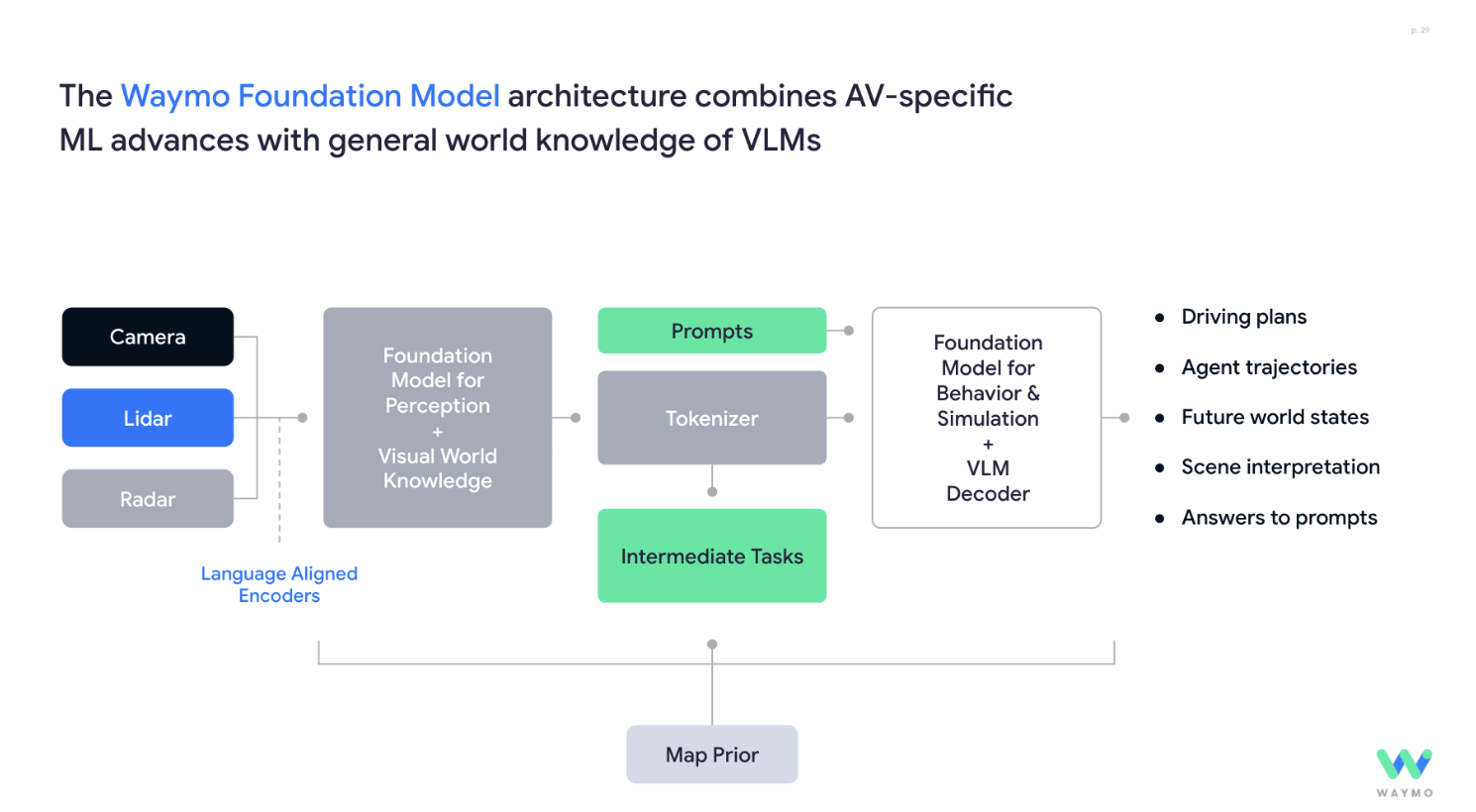
This technology enables the vehicles to perform reliably day or night, setting the standard for safety and innovation in the industry. Below, can see a screenshot of all the technologies used by Waymo that can help to visualize it.

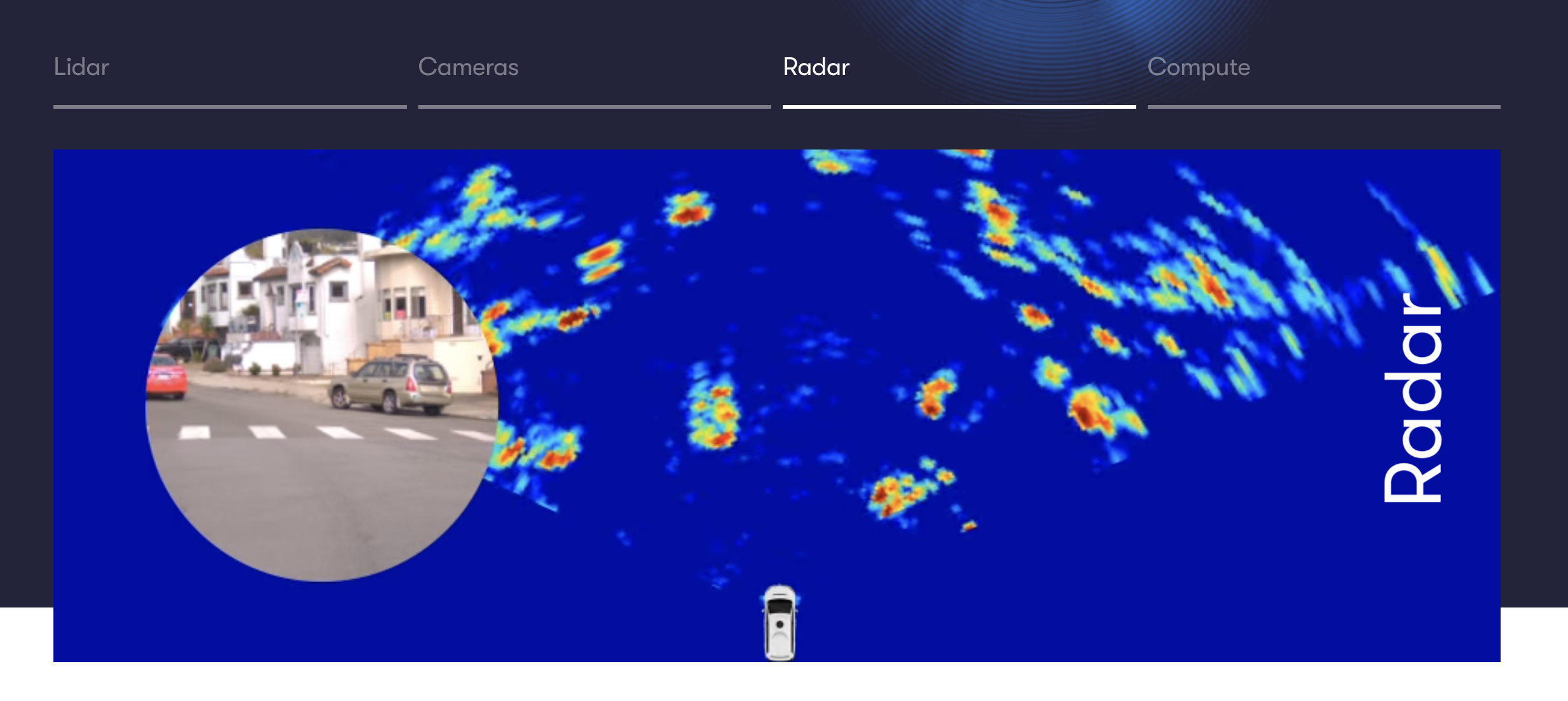
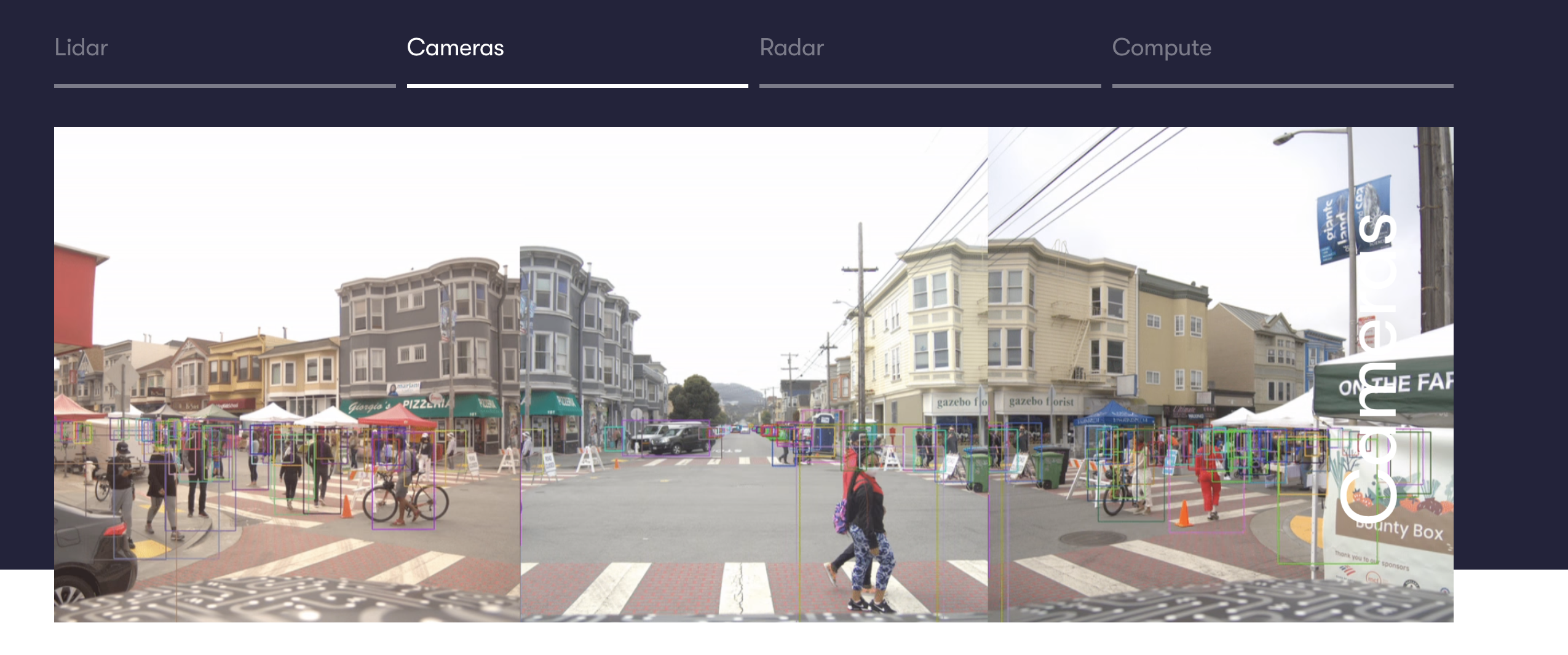
For the more curious one, if you never heard about Lidar before, some small explanation below.
LIDAR, short for Light Detection and Ranging, is a device equipped with a laser emitter that measures distances with exceptional precision. In the automotive industry, the rise of autonomous vehicles has prompted manufacturers to adopt LIDAR as a key component in advanced driver assistance systems.
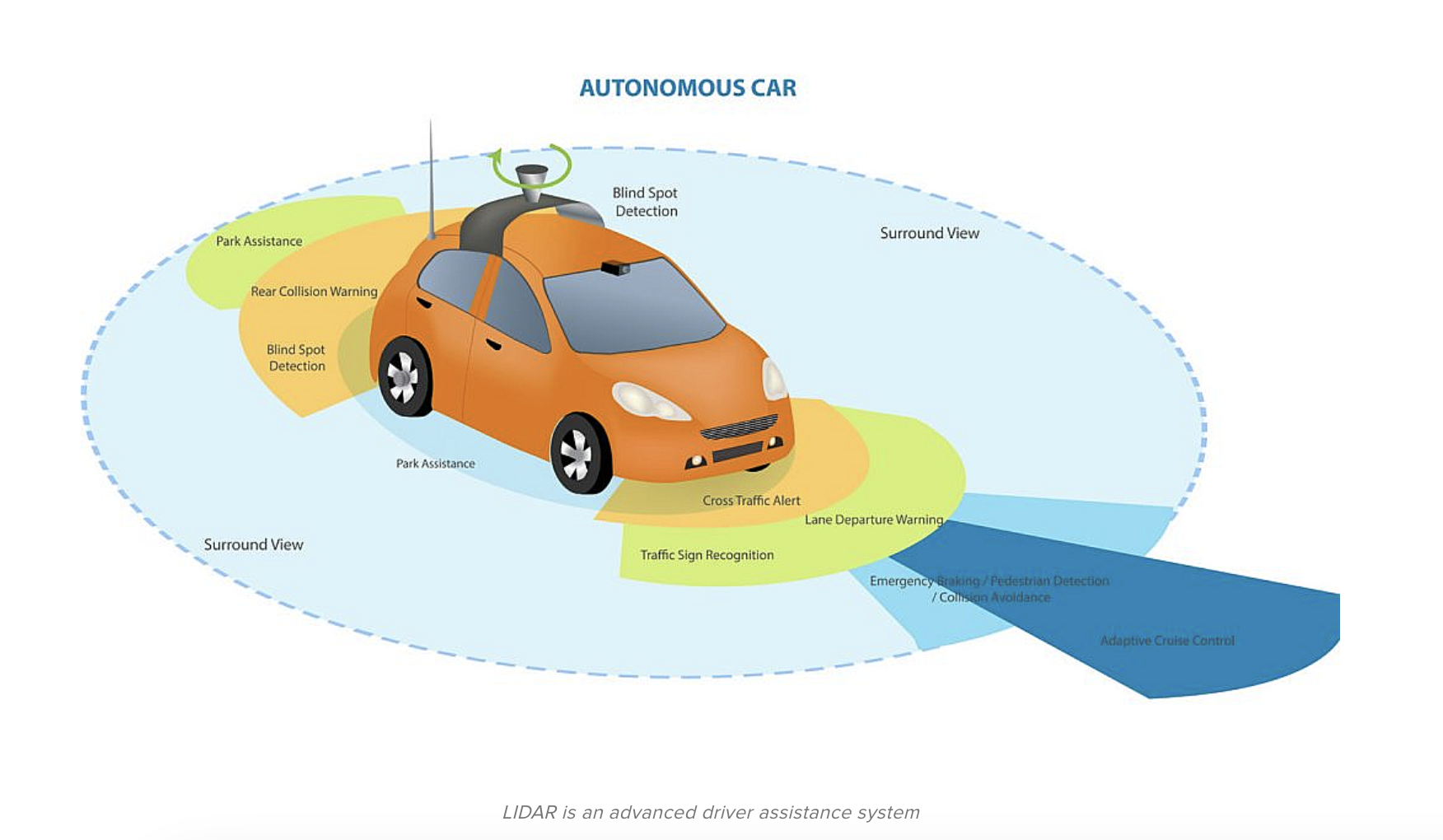
The Safety Debate
Safety remains the most significant hurdle for autonomous vehicles, with public trust still wavering—largely due to many accidents involving self-driving cars. However, data shows promising signs of improvement. For instance, over a 33-million-mile distance in Phoenix and San Francisco, the Waymo Driver experienced fewer airbag-deployment crashes compared to the average human driver.

Another important issue is determining liability in self-driving car accidents, which often lacks clear answers. Liability depends on various factors, including:
Level of Autonomy: Is the vehicle fully autonomous, or does it require human oversight?
Cause of the Accident: Was the incident due to a software malfunction, hardware failure, or human error?
State Laws: Regulations around autonomous vehicles differ widely across states.
The following is a breakdown of U.S. cities with the highest number of autonomous vehicle accidents in 2024, closely correlated with cities where autonomous vehicle testing is most prevalent.

Photo Credit: Craft Law Firm
Between 2019 and June 2024, a total of 3,979 autonomous vehicle incidents were reported, resulting in 496 injuries and fatalities. These incidents involved vehicles equipped with either Automated Driving Systems (ADS) or Advanced Driver Assistance Systems (ADAS):
ADS: Designed to handle the entire driving task with minimal or no human interaction. Waymo operates with ADS
ADAS: Designed to assist drivers in performing specific aspects of the driving process, think of Tesla.
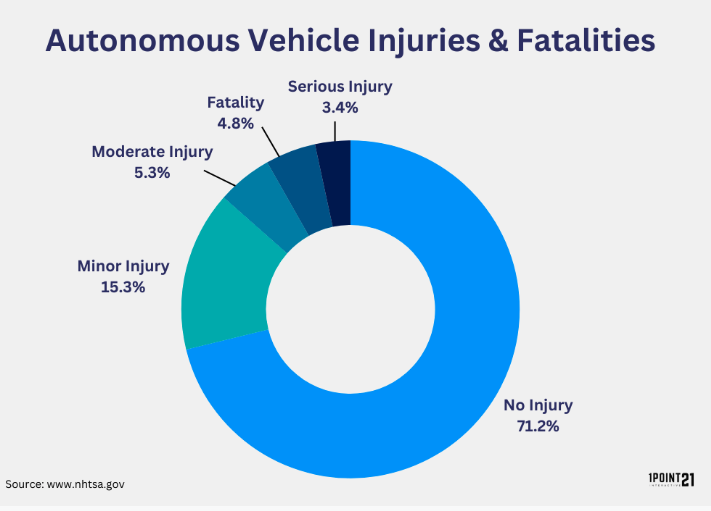
From June 2021 to June 2024, the NHTSA (National Highway Traffic Safety Administration) received reports of these incidents, with Tesla vehicles accounting for a significant 53.9% of the total.
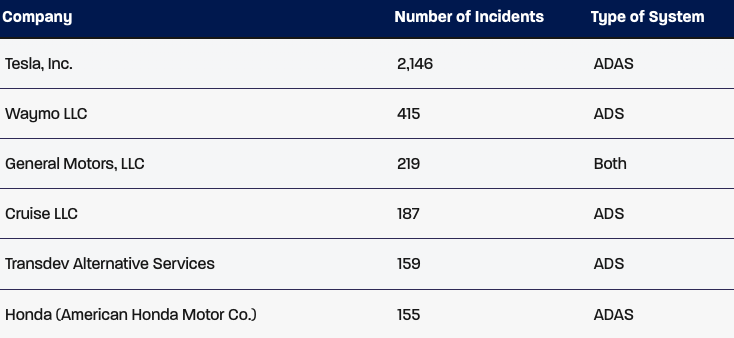
Why Waymo Matters for Japan?
Waymo’s advancements in autonomous driving highlight a transformative shift in mobility. The company’s thoughtful approach to expansion—leveraging partnerships, prioritizing safety, and navigating regulatory hurdles—positions it as a leader in the field. With plans to introduce its technology to Tokyo, Waymo could redefine urban transportation in one of the world’s most innovative cities.
The aging population in Japan is one of the country's most pressing challenges, impacting nearly every aspect of society—from the labor force to healthcare systems and transportation infrastructure. Over 28% of Japan's population is over 65, making it the most aged society in the world. This demographic shift has led to labor shortages, increased demand for elder care, and mobility issues, particularly in rural areas.
While cities like Tokyo, Osaka, and Nagoya have robust public transportation, rural areas—where aging populations are most concentrated—face severe mobility challenges. Buses and trains in these regions are being discontinued due to low ridership and high operating costs. Waymo could introduce cost-effective autonomous shuttles or ride-hailing services to connect elderly residents in remote areas with essential services like grocery stores, clinics, or community centers.
Companies like Toyota are already piloting autonomous shuttles in Japan’s rural areas, so Waymo's expertise could easily complement these efforts.
References:
JETRO News: Information about advancements in autonomous vehicle technology and partnerships in Japan.
https://www.jetro.go.jp/biznews/2024/12/d16bb6239577314b.htmlImpress Watch: Coverage of the strategic partnership between Nihon Kotsu and Waymo for autonomous driving technology in Tokyo.
https://www.watch.impress.co.jp/docs/news/1648152.htmlNHK News: Reporting on the upcoming trials of autonomous taxis in Tokyo starting in 2025.
https://www3.nhk.or.jp/news/html/20241217/k10014670841000.htmlSOMPO Risk Management: Analysis of self-driving technology's role in addressing mobility challenges in Japan.
https://www.sompo-ri.co.jp/topics_plus/20241217-15483/YouTube: Discussion of autonomous vehicle advancements and their impact on public transportation.
https://www.youtube.com/watch?v=2cANOXpbfigNihon Kotsu News: Official announcement about the collaboration with Waymo for self-driving taxi trials.
https://www.nihon-kotsu-taxi.jp/news/241217/IDNet Column: Insights into autonomous driving technology adoption in Tokyo and beyond.
https://www.idnet.co.jp/column/page_374.htmlWaymo Blog: Detailed updates on Waymo's AI and machine learning advancements in autonomous driving.
https://waymo.com/blog/2024/10/ai-and-ml-at-waymo
